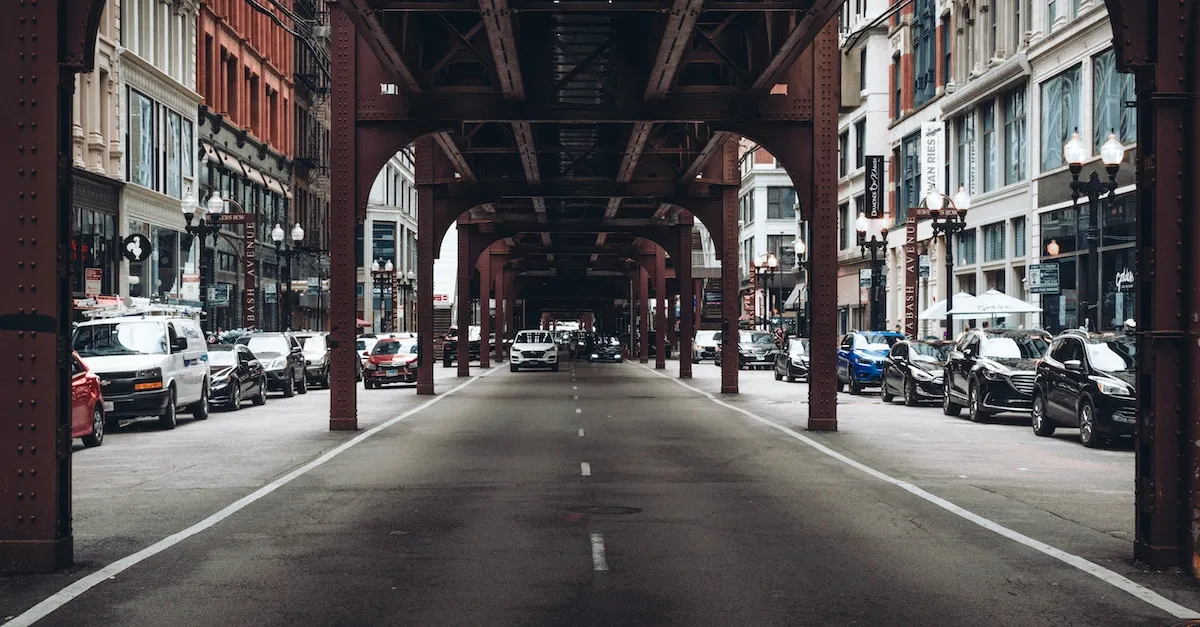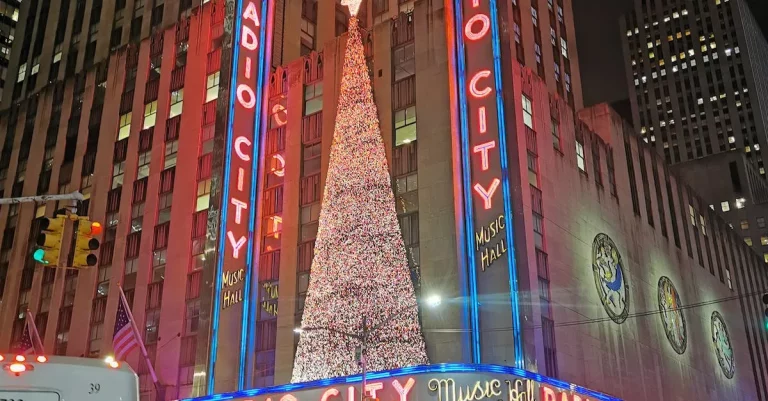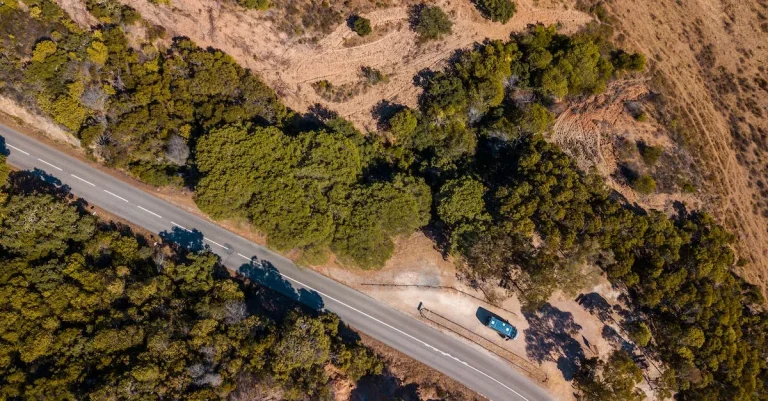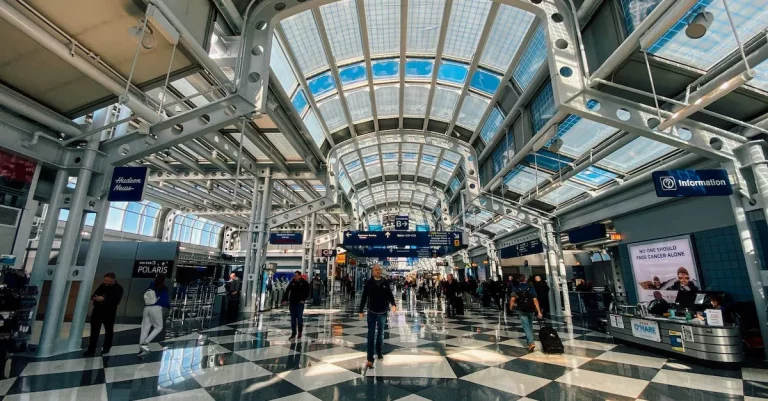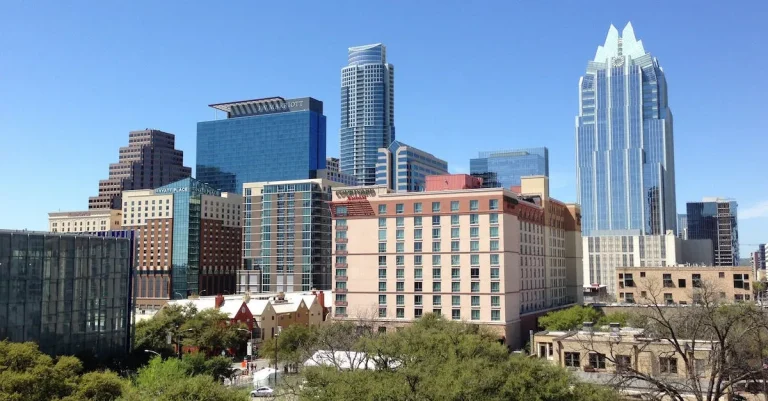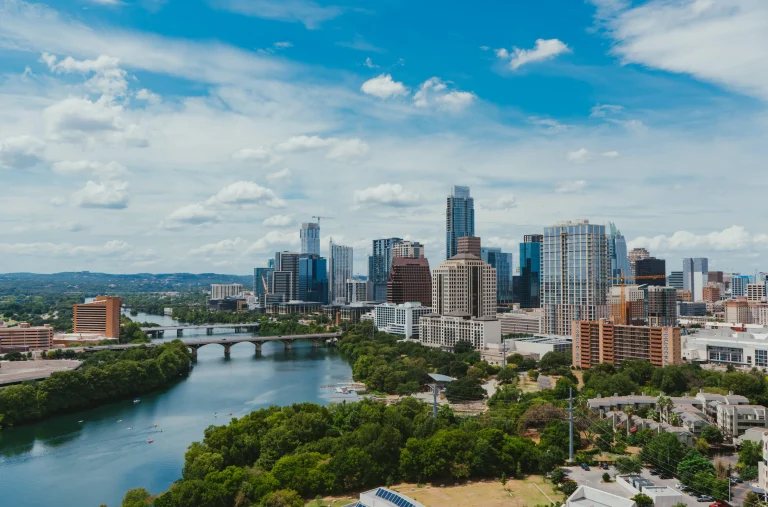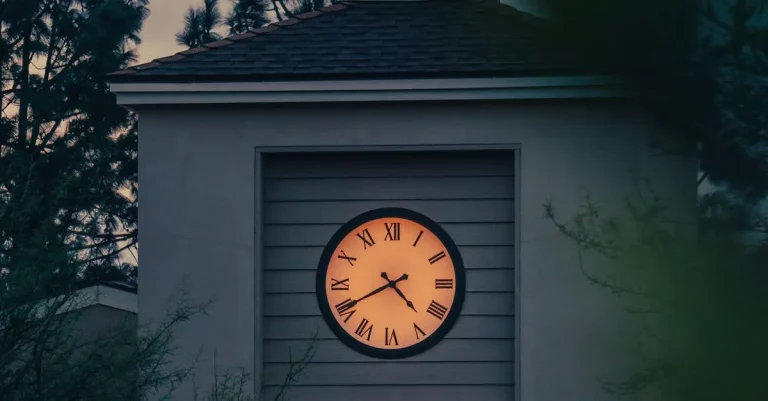Best Time To Drive Through Chicago
As the third largest city in America, Chicago can be a challenging place to navigate by car. Determining the optimal drive times requires dodging rush hour traffic and planning around major events. We’ll explore the nuances of Chicago driving to help you transit the city smoothly.
If you’re short on time, here’s a quick answer: The best times to drive through Chicago are early mornings before 7am, late evenings after 9pm, or midday between 11am-1pm on weekdays.
Overview of Chicago Traffic Patterns
Chicago, known for its bustling streets and busy highways, experiences heavy traffic throughout the day. Understanding the city’s traffic patterns can help drivers plan their routes and choose the best time to drive through the city. Here is an overview of the different traffic patterns in Chicago:
Morning rush hour: 7am – 10am
The morning rush hour in Chicago typically starts around 7am and lasts until 10am. During this time, commuters heading into the city for work or school can expect heavy traffic on major highways and arterial roads. The congestion is particularly intense around downtown areas and major interchanges.
It’s advisable to leave early or consider alternative routes to avoid getting stuck in traffic during this period.
Midday lull: 11am – 1pm
Between 11am and 1pm, Chicago experiences a temporary lull in traffic. Many people are already at their workplaces or have completed their morning commutes, resulting in lighter traffic on the roads. This is a relatively good time to drive through the city, as the congestion is less compared to the rush hour periods.
However, it’s important to note that certain areas, especially near popular lunch spots or tourist attractions, may still have moderate traffic.
Evening rush hour: 4pm – 7pm
The evening rush hour in Chicago typically starts around 4pm and lasts until 7pm. During this time, commuters heading out of the city and people running errands can expect heavy traffic on major highways and roads.
Similar to the morning rush hour, downtown areas and major interchanges experience significant congestion. Planning your departure time accordingly or considering alternative routes can help avoid getting stuck in bumper-to-bumper traffic.
Overnight: 11pm – 5am
During the late-night hours, from 11pm to 5am, traffic in Chicago significantly reduces. Most people are at home and off the roads, resulting in smoother driving conditions. This is a great time to drive through the city if you prefer less crowded roads.
However, it’s important to note that some areas may have limited street lighting during these hours, so exercising caution while driving is necessary.
For more detailed and up-to-date information on Chicago’s traffic patterns, you can visit the Chicago Traffic Tracker website. This website provides real-time traffic updates, including congestion levels, accidents, and road closures, helping you plan your journey more effectively.
Best Drive Times in Chicago
Early morning (before 7am)
If you want to avoid the heavy traffic that plagues Chicago during rush hour, hitting the road before 7am is your best bet. The early morning hours are typically much quieter, allowing you to breeze through the city with ease.
Plus, you’ll get to enjoy the beautiful sunrise over the Chicago skyline as you make your way to your destination. It’s a win-win situation!
Midday (11am – 1pm)
Another great time to drive through Chicago is during the midday hours, specifically between 11am and 1pm. By this time, the morning rush hour has subsided and the afternoon rush hour has yet to begin, resulting in relatively light traffic.
You’ll have the freedom to explore the city without the stress of bumper-to-bumper congestion. Take advantage of this window of opportunity to see all that Chicago has to offer.
Late evening (after 9pm)
If you’re a night owl or prefer to drive when the streets are less crowded, late evening is the perfect time for you to navigate through Chicago. After 9pm, traffic tends to thin out significantly, allowing for a smoother and more relaxed driving experience.
Whether you’re heading home after a night out or embarking on a late-night adventure, you’ll have the freedom to drive at your own pace.
Overnight (11pm – 5am)
For those who don’t mind burning the midnight oil, driving through Chicago overnight can be a surprisingly pleasant experience. Between the hours of 11pm and 5am, the city is at its quietest, with minimal traffic on the roads.
While it may not be the most conventional time to drive, it’s a great option for avoiding congestion and arriving at your destination in record time.
Keep in mind that traffic patterns can vary depending on the day of the week and any ongoing events or construction. It’s always a good idea to check real-time traffic updates before hitting the road. Websites like Chicago Traffic Crash Reports can provide valuable information to help you plan your journey.
Days to Avoid Driving in Chicago
Monday & Friday – Heavy traffic
When it comes to driving in Chicago, Mondays and Fridays are notorious for heavy traffic. These are the days when commuters are heading to and from work, resulting in congestion on the roads. Rush hour typically starts around 7:00 AM and lasts until 9:00 AM, and then picks up again from 4:00 PM to 6:00 PM.
If possible, try to avoid driving during these peak hours to save yourself from the frustration of sitting in bumper-to-bumper traffic.
Summer Weekends – Events & tourists
Chicago is known for its vibrant summer events and attractions, which draw in both locals and tourists alike. Consequently, weekends during the summer months can be particularly busy on the roads. From music festivals to street fairs, there is always something happening in the city.
It’s important to plan your trips accordingly and be aware of any major events happening that may impact traffic. The city’s official tourism website, Choose Chicago, is a great resource to check for upcoming events.
Winter Storms – Dangerous conditions
Winter in Chicago can be beautiful, but it also brings its fair share of challenges on the roads. When winter storms hit the city, driving conditions can become treacherous with snow-covered roads, icy patches, and reduced visibility.
It’s advisable to avoid driving during severe weather conditions and to stay updated on weather forecasts. The Illinois Department of Transportation’s website, Getting Around Illinois, provides real-time road conditions and weather updates to help you plan your travels safely.
Route Considerations for Driving in Chicago
Driving in Chicago can be a challenging experience, especially during peak hours. To make your journey smoother, it’s important to consider certain route considerations. Here are some tips to keep in mind:
Avoid downtown if possible
If you have the flexibility to choose an alternate route, it’s best to avoid driving through downtown Chicago. The downtown area is known for its heavy traffic congestion, especially during rush hours.
Instead, opt for routes that bypass the downtown area, such as using the city’s outer loop highways like I-294 or I-355. This will help you save time and frustration on your journey.
Use highways to bypass traffic
Highways are your best friend when it comes to bypassing traffic in Chicago. The city has an extensive network of highways that can help you navigate around congested areas. For example, if you’re traveling from the northern suburbs to the western suburbs, consider taking I-90 and I-290 instead of driving through the city center.
Using highways can significantly reduce your travel time and make your drive more pleasant.
Consider public transit to get downtown
Another option to avoid the hassle of driving in downtown Chicago is to utilize the city’s excellent public transit system. The Chicago Transit Authority (CTA) operates buses and trains throughout the city, providing a convenient and affordable way to get around.
Consider parking your car at a suburban train station and taking a train into the city. This way, you can skip the stress of finding parking and navigating through downtown traffic.
Allow extra time for airport rides
If you’re driving to or from one of Chicago’s airports, such as O’Hare or Midway, it’s crucial to allow extra time for your journey. These airports are located outside the city center, and traffic congestion can be a common occurrence, especially during peak travel times.
To avoid the risk of missing your flight or being late for an important appointment, plan your route in advance and allow ample time for potential delays.
Remember, these route considerations are meant to help you navigate through Chicago’s busy streets more efficiently. By avoiding downtown if possible, utilizing highways, considering public transit, and allowing extra time for airport rides, you can have a smoother and less stressful driving experience in the Windy City.
Tips for Driving in Chicago
Get directions ahead of time
When driving through Chicago, it is essential to plan your route ahead of time. The city’s streets can be confusing, especially for those unfamiliar with the area. Utilize GPS navigation systems or online maps to map out your journey and familiarize yourself with the streets and highways you will be using.
This will help you avoid getting lost and minimize the chances of making wrong turns.
Have cash/cards for tolls
Chicago has a comprehensive toll system in place, especially on its major highways. To ensure a smooth drive, make sure you have enough cash or a compatible electronic toll collection device, such as an I-PASS or E-ZPass, to pay the tolls.
Having the correct change or a prepaid card will save you time and prevent any delays at the toll booths.
Watch for jaywalkers downtown
When driving in downtown Chicago, it is crucial to be extra cautious of pedestrians, especially jaywalkers. The city is known for its bustling streets and busy intersections, so always be on the lookout for pedestrians crossing the road unexpectedly.
Pay attention to crosswalks and pedestrian signals, and be ready to yield when necessary.
Stay alert for aggressive drivers
Like any major city, Chicago has its fair share of aggressive drivers. Stay alert and be prepared for sudden lane changes, speeding, and tailgating. Maintain a safe distance from other vehicles and avoid engaging in aggressive behaviors yourself.
Remember, defensive driving is key to ensuring your safety on the road.
For more information on driving in Chicago, you can visit the official website of the Chicago Department of Transportation.
Conclusion
While Chicago can be a challenging city to navigate by car, planning your drive during off-peak hours like early morning, midday, late evening, or overnight will help you bypass the worst traffic. Avoiding downtown and allowing extra time also improves the driving experience in America’s third largest city.

